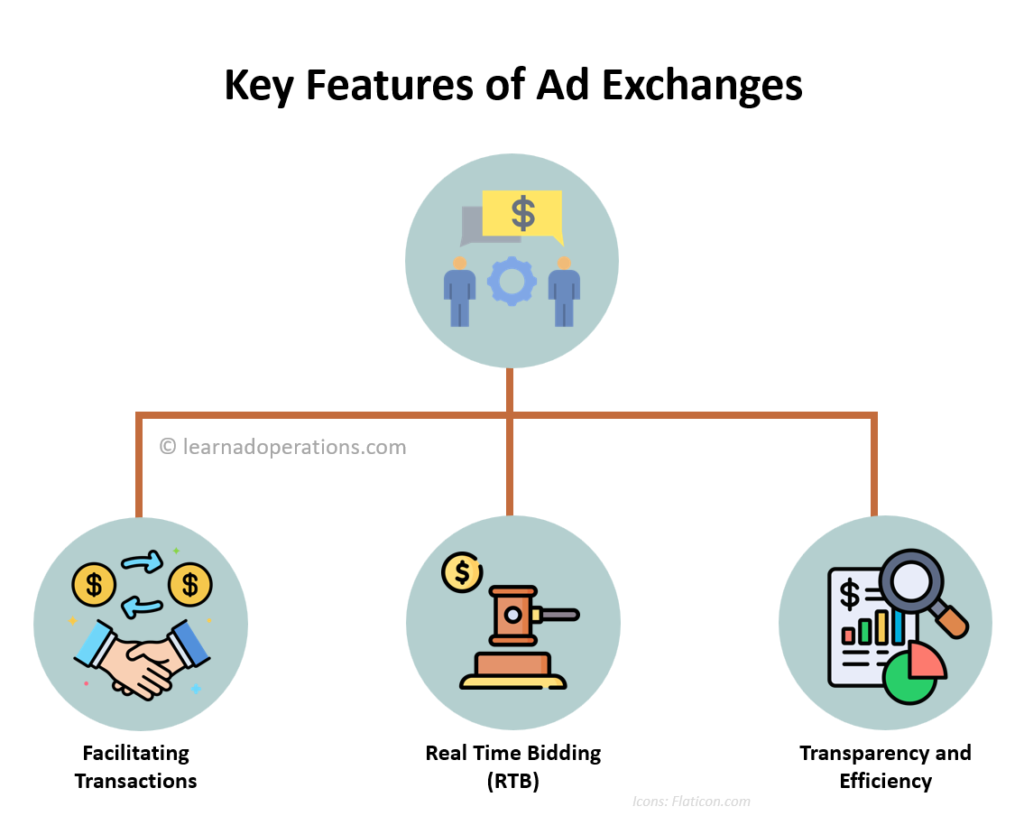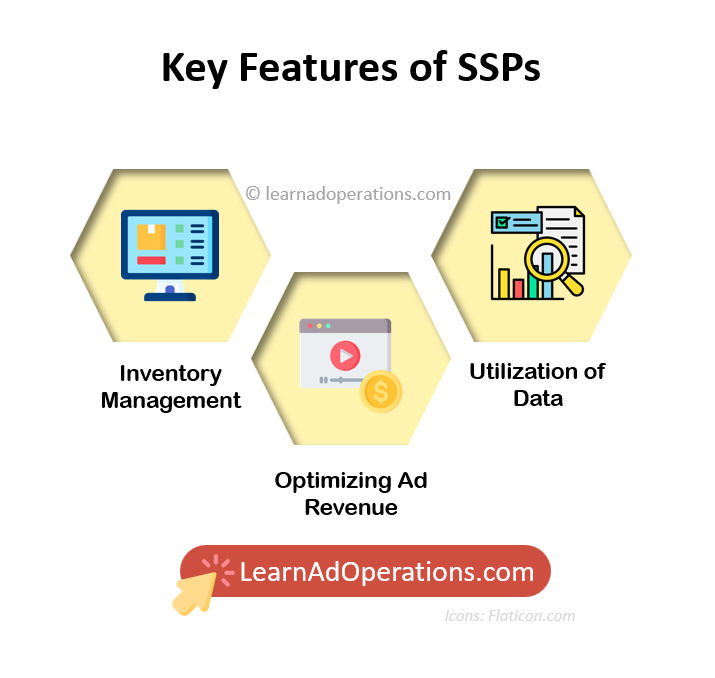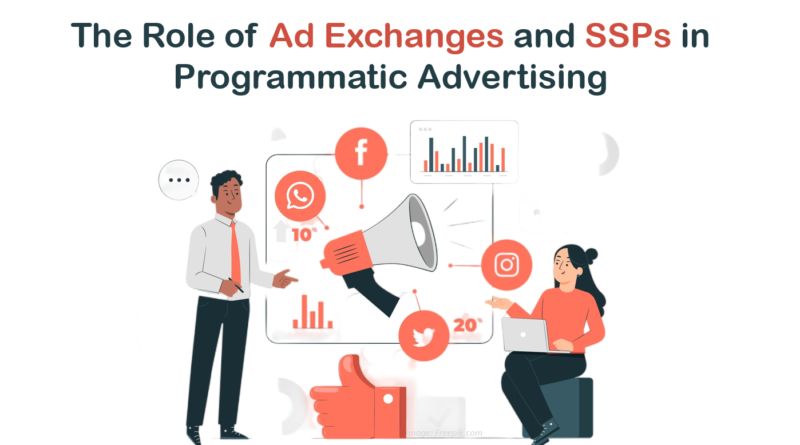The Role of Ad Exchanges and SSPs in Programmatic Advertising
In the rapidly transforming landscape of online advertising, programmatic advertising has emerged as powerful tool for advertisers to reach their target audience with unique accuracy and efficiency. Ad Exchanges and Sell-side platforms (SSPs) are the core of programmatic advertising to connect the publishers with advertisers. Understanding their roles and functionalities is critical for anyone who is looking into mastering the programmatic advertising.
This blog post’s objective is to explain Ad Exchanges and SSPs, share practical insights and examples to help the beginners to learn programmatic advertising.
Introduction to Programmatic Advertising
Programmatic advertising is an automated process of buying and selling of digital ad inventory in the real time. Programmatic advertising leverages the technology and take data driven approaches streamline online advertising process whereas in the traditional advertising methods uses the manual negotiations and fixed pricing to deal with ad inventory. The foundation of programmatic advertising has built on two critical components; Ad Exchanges and Supply Side Platforms (SSPs).

What are Ad Exchanges?
Ad Exchange is a marketplace where advertisers and publishers come together to buy and sell the ad inventory. Ad Exchanges enables real time bidding (RTB) and facilitate advertisers to bid for ad impressions. This process ensures that ads are served to the right audience at the right time.
Key features of Ad Exchanges

- Facilitating Transactions: Ad Exchanges act as intermediaries by connecting DSP used by the advertisers with SSPs used by the publishers. This connection allows for seamless transactions between advertisers and publishers.
- Real Time Bidding (RTB): RTB is a process where Ad Exchanges enables the advertisers to bid for impressions real time. The highest bidder wins the impressions and their ad will be served to the user.
- Transparency and Efficiency: By automating the buying and selling process, Ad Exchanges provide greater transparency and efficiency compared to traditional methods. This automation reduces the need for manual intervention, allowing for faster and more accurate ad placements.
Case Study: Google’s Ad Exchange
Google Ad Exchange is a Prime example of an ad Exchange in action. It connects millions of advertisers with high quality publishers by facilitating billions of transactions every day. Google Ad Exchange ensures that the advertisers get the most value for their money by leveraging RTB and maximize the publisher’s revenue.
Understanding Supply Side Platforms (SSPs)
Supply Side Platforms (SSPs) help the publishers to manage and sell their ad inventory efficiently. It connects publishers with multiple ad exchanges, demand side platforms (DSPs) and ad networks ensuring that the publisher’s inventory reaches a broader audience.
Key features of SSPs:

- Inventory Management: SSPs helps the publishers to manage their ad inventory effectively by organizing ad categorizing their ad inventory. It ensures that the ad inventories sold at higher price.
- Optimizing Ad Revenue: SSPs increases the opportunity by connecting with multiple ad exchanges and DSPs to sell the ad inventories at higher price. The top ad exchanges like Google Ad Manager and Rubicon Project help the publishers to connect with multiple advertisers to sell the inventory at best possible price.
- Utilization of Data: SSPs leverages the data to enhance ad targeting and improve overall effectiveness of ad campaigns. SSPs can match inventory by analyzing the large set of data with most relevant ads. This process helps the publishers to engage with their users by showing most relevant ads.
Rubicon Project is a leading Sell Side Platform that connects publishers with a wide range of demand sources. It has integrated with multiple Ad Exchanges and DSPs to ensure that publishers’ inventory is reached to potential advertisers to maximize the publisher’s revenue.
The Collaboration between Ad Exchanges and SSPs
The collaboration between Ad Exchanges and SSPs are interdependent by enhancing the effectiveness of programmatic advertising. Ad Exchanges depend on SSPs to supply ad inventory, while SSPs are depend on Ad Exchanges to provide a competitive marketplace for the ad inventory.
- Enhancing Efficiency and Reach: Streamlined Process: Integration of Ad Exchanges and SSPs ad buying and selling process by eliminating the human intervention. This efficiency allows for more dynamic and responsive advertising strategies.
- Broader Audience Reach: Ad Exchanges and SSPs expand the reach of ad campaigns by working together within programmatic advertising landscape. It also ensures that ads are seen by a larger and diverse audience. Diverse and relevant reach is crucial for advertisers to maximize the impact of their ad campaigns.
Real World Example: The New York Times:
The New York Times leverages both the Ad Exchanges and SSPs to manage their ad inventory and maximize the profit. The SSPs helping The New York Times to optimize the inventory and maximize the reach of relevant advertisers who are serving the relevant ads on their website. By using Ad Exchanges and SSPs has significantly improved the efficiency and profitability of New York Times advertising operations.
Technological Advancements Improving Programmatic Advertising
As technology continues to improve, new tools and platforms are emerging to further enhance the effectiveness of programmatic advertising. Two prominent developments are artificial intelligence (AI) and Machine Learning (ML).
Impact of AI and Machine Learning (ML) integration:
- Advanced Targeting: AI and ML analyze the huge set of data to identify the patterns and predict user behavior to target them within the ad campaigns. This analysis allows advertisers to target precisely and help reaching them to the most relevant audience.
- Automated Optimization to Yield better results: AI driven platforms can automatically adjust the ad placements and optimize the bids in real time to yield the better performance. For Ex: Google’s Smart Bidding uses machine learning to optimize the bids to maximize the conversions.
Are you interested to learn Programmatic Advertising? We have been publishing many articles on the programmatic advertising from basics to understand better. Here’s a link visit and learn programmatic advertising.
Conclusion:
Understanding the roles of Ad Exchanges and SSPs are essential for anyone who are looking to excel in programmatic advertising. Ad Exchanges simplifies the buying and selling of ad inventory through real time bidding. SSPs help publishers to manage and optimize their inventory effectively. Ad Exchanges and SSPs create a dynamic and efficient marketplace that benefits both advertisers and publishers.
As Programmatic advertising continues to evolve, staying informed about the latest technologies and best practices are crucial to advertising professionals. For beginners in online advertising, learning these concepts and staying up-to-date with industry developments will provide a strong foundation for success in the fast-paced work of programmatic advertising.
A few related articles to learn Programmatic Advertising from beginning!




